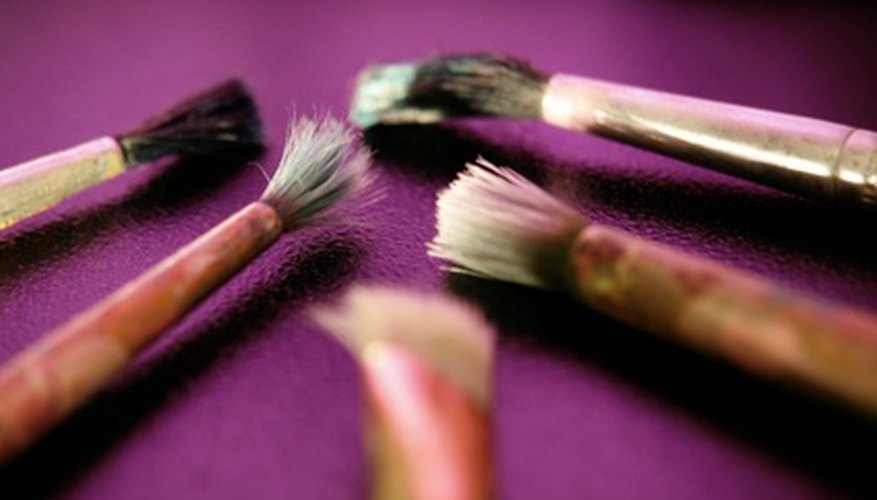Unfired clay or greenware comes in different textures and colours. All unfired clay can be painted, but different ways and options can be used. Varying techniques result in different finishes for unfired clay.
Dyes
It is important to read the label of the dyes that you wish to use. Some dyes cannot stand a high temperature of heat. Dyes can be painted on before or after a glaze. You can apply a glaze to your unfired clay as a background colour or to highlight it.
- It is important to read the label of the dyes that you wish to use.
- You can apply a glaze to your unfired clay as a background colour or to highlight it.
Underglazes
Underglaze can be painted onto the surface of the ceramic before it is glazed. It can create various effects and is painted onto your unfired clay before it is baked. If you apply a thicker coat of your underglaze, you can achieve a sense of depth on your designs.
Smooth Application
You must create a smooth canvas to successfully paint your unfired clay. Rub a nylon sock or fine paper over the surface to sand the piece. You must be gentle since the clay is extremely fragile. Seams of connecting clay can be smoothed with a wet sponge. Do not worry about the moisture; the water will be absorbed. Wait for the water to dry before you paint.
- You must create a smooth canvas to successfully paint your unfired clay.
- Do not worry about the moisture; the water will be absorbed.
Slip Carving
Slip carving adds more texture to your piece of clay. Slip is clay mixed with more water than your average clay and has a runny consistency. Your main piece of clay should be moist to help the slip adhere. You must wait for the slip to dry before you can carve your desired design on it.
- Slip carving adds more texture to your piece of clay.
- Slip is clay mixed with more water than your average clay and has a runny consistency.
